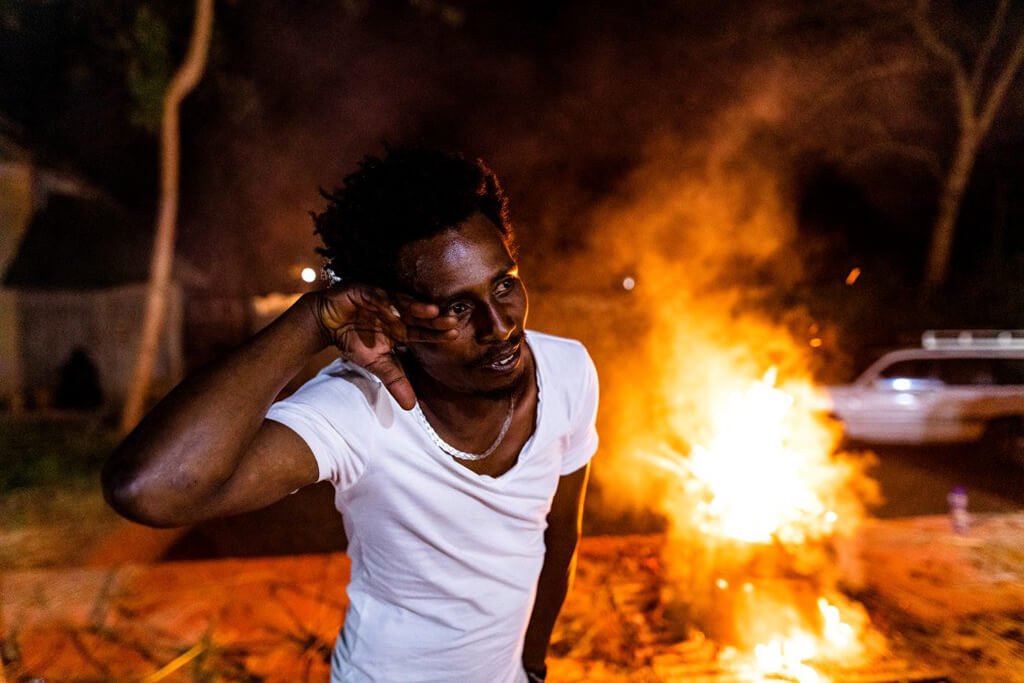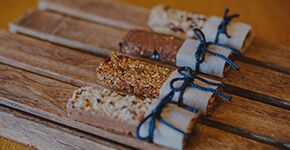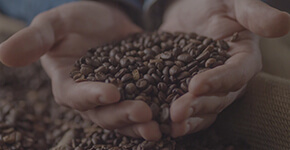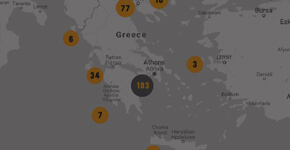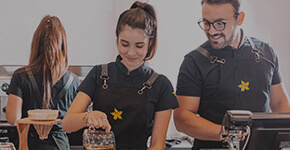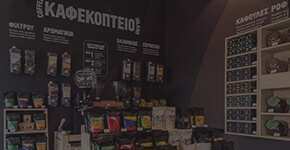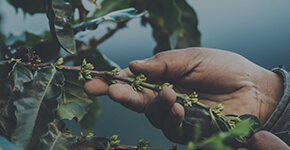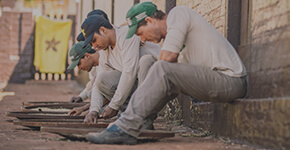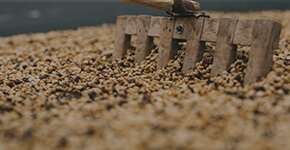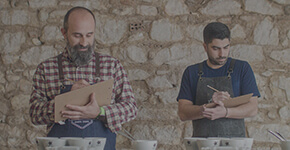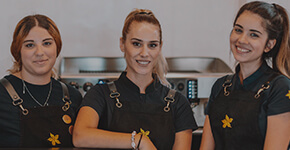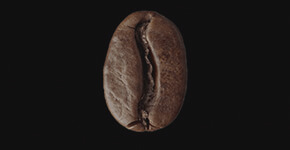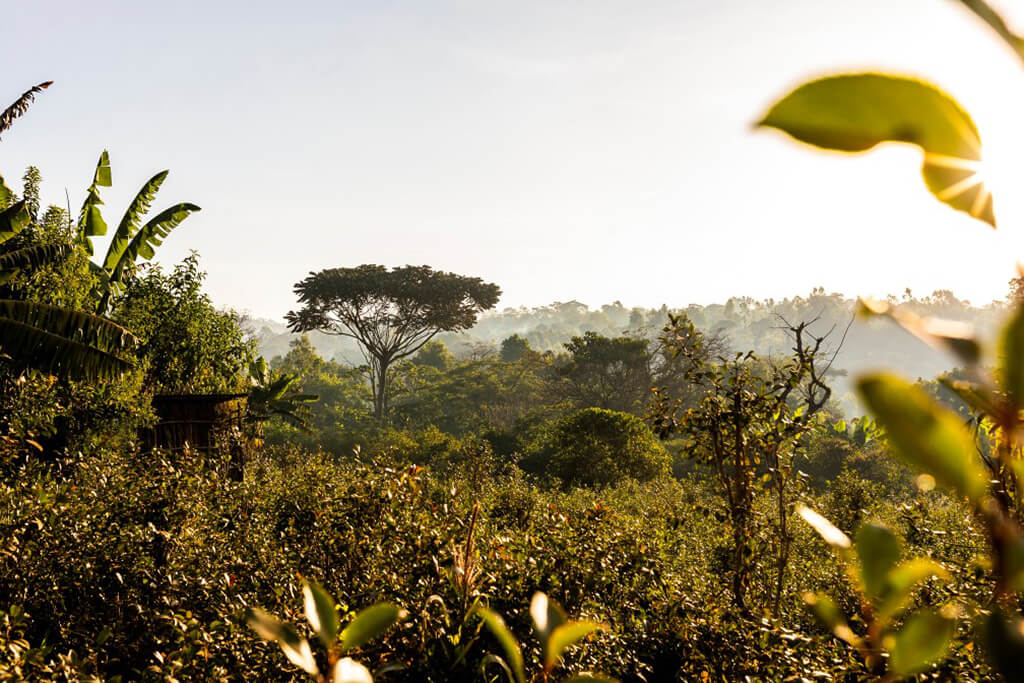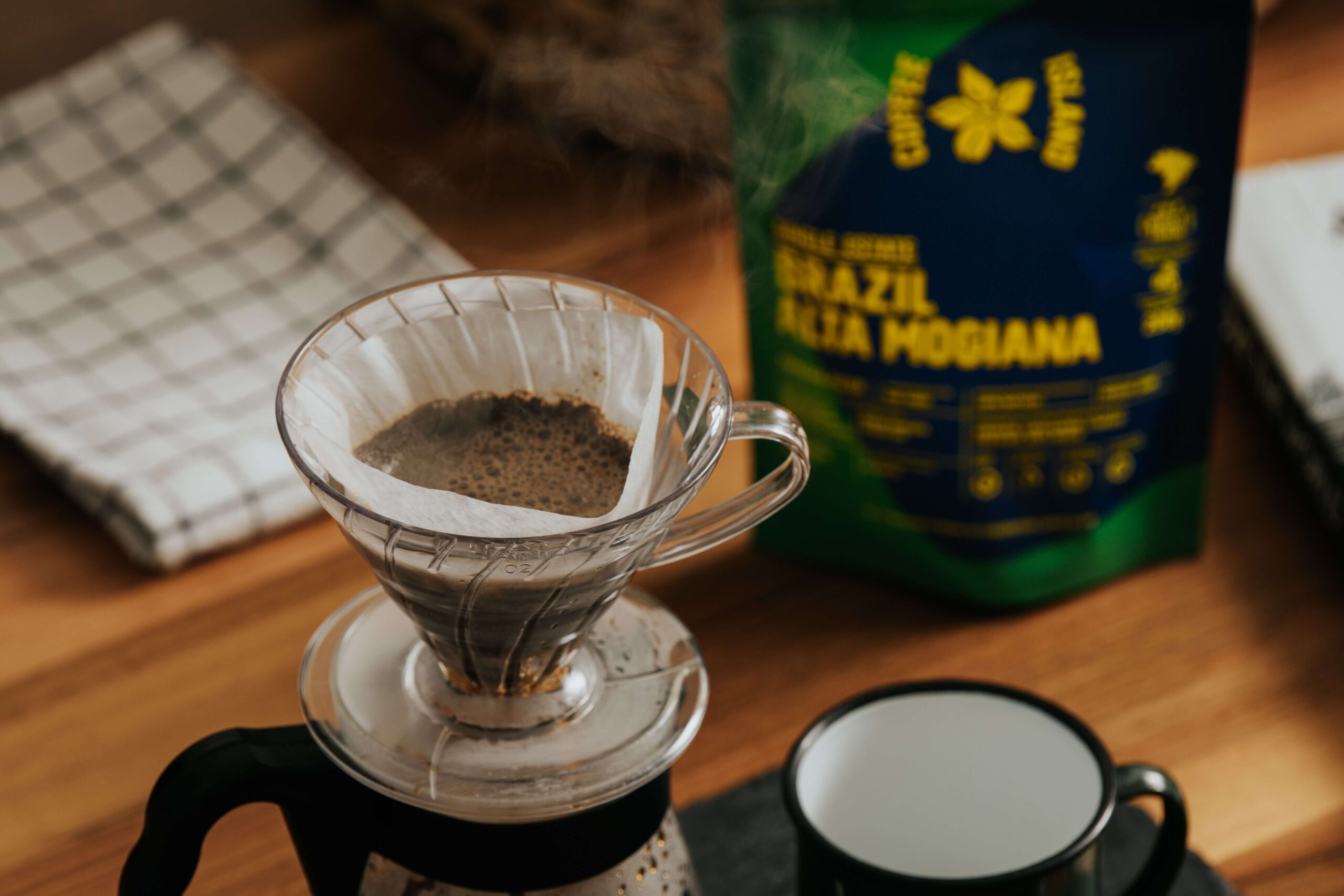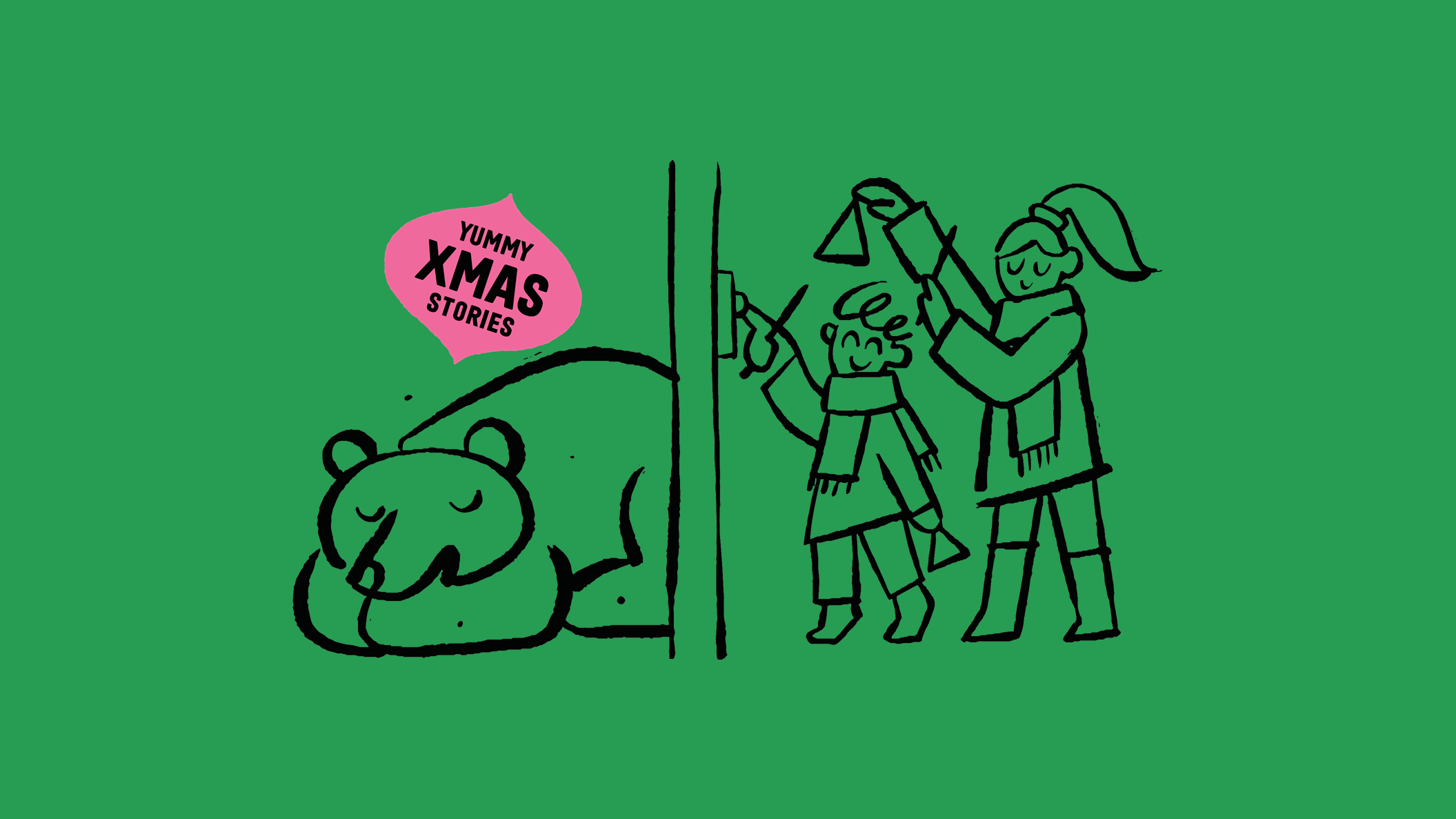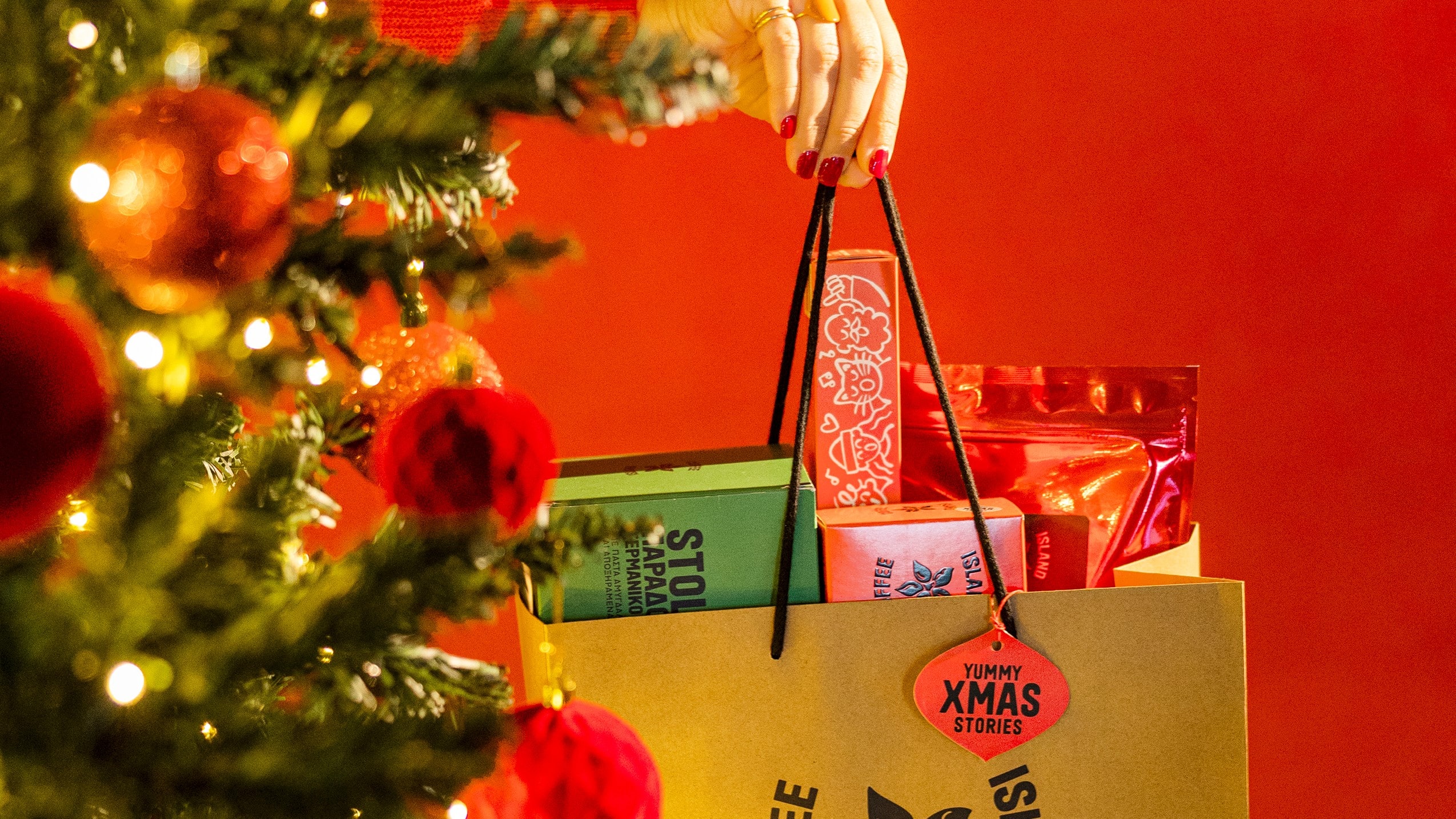Panos Georgiou, narrates the rest of his trip to Ethiopia, while discovering with us the beauty of the Coffee Motherland.
“The next day began early, or at least I think it did. Despite the untimely hour, we were all on time and boarded the four-wheel-drive vehicle that would take us on the endless journey through the Anasora Mountains. Leaving the city behind, its sheer size became apparent as it spread like a carpet into the plains and surrounding hills, full of all kinds of buildings, from traditional huts to newly built skyscrapers.
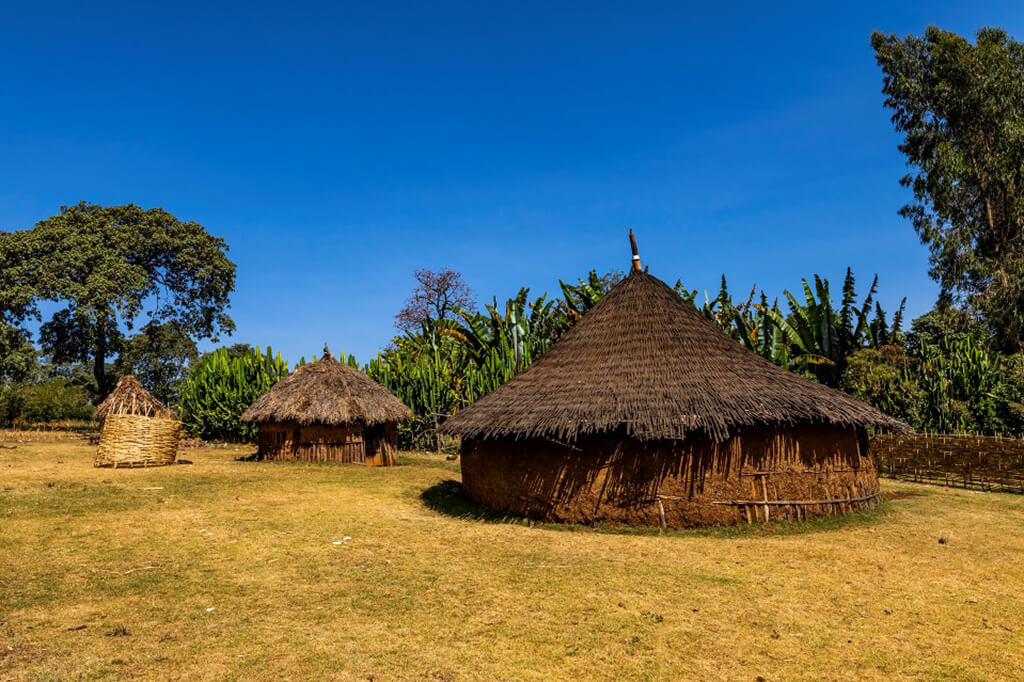
The savannas succeeded small towns in this relatively barren part of the route. My feeling is that life moves alongside or on roads. Everywhere carts, cars, donkeys carrying loads and riders, small children, colors, priests, food, small shops on the sides of the streets serving coffee made in a traditional way. I don’t want to close my eyes even though I’m tired. I don’t want to waste a moment. I absorb every image I see, filter each and every one of them so that I can remember them when I leave this country behind. There are so many colors everywhere. Herds cross the road leaving dust behind them which merges with the sun to create a somewhat eerie atmosphere. We’ve been driving for hours on endless bumpy roads. Somewhere here in the middle of a huge savannah we get a flat tire. We stop at the edge of the road and in half a minute we are surrounded by passersby walking next to us looking for a means of transport to the next village or town. Dealing with the flat tire took a little while and after taking some pictures with some of the colored figures looking for some shade under the trees ornately sculpted by nature, we left.
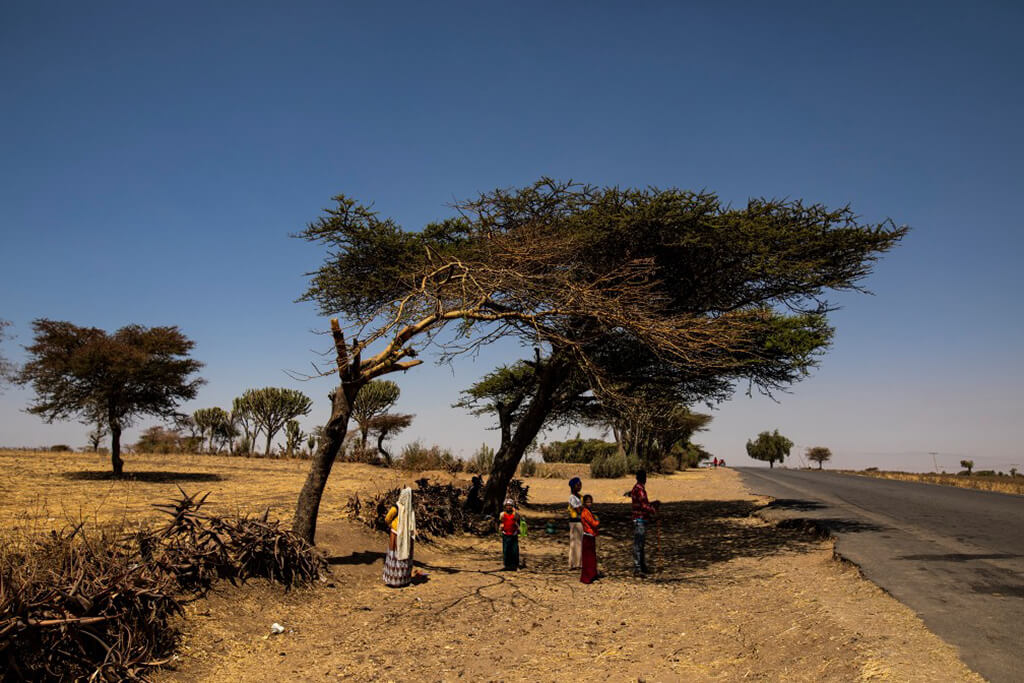
The trees, like tall mushrooms, create a natural canopy that the sun can’t penetrate. Taking as many passengers as our vehicle can fit, we continued for a little while at the same pace. I observed our new passengers. A woman, I assume she is a mother, with bright eyes and a face painted with intricate tattoos. Exotic with a deep gaze that I still can’t get out of my mind. With her two daughters, I guess, wrapped in their colorful clothes. Their eyes, piercing, and fluid are what made me conclude that they are probably related. But maybe not.
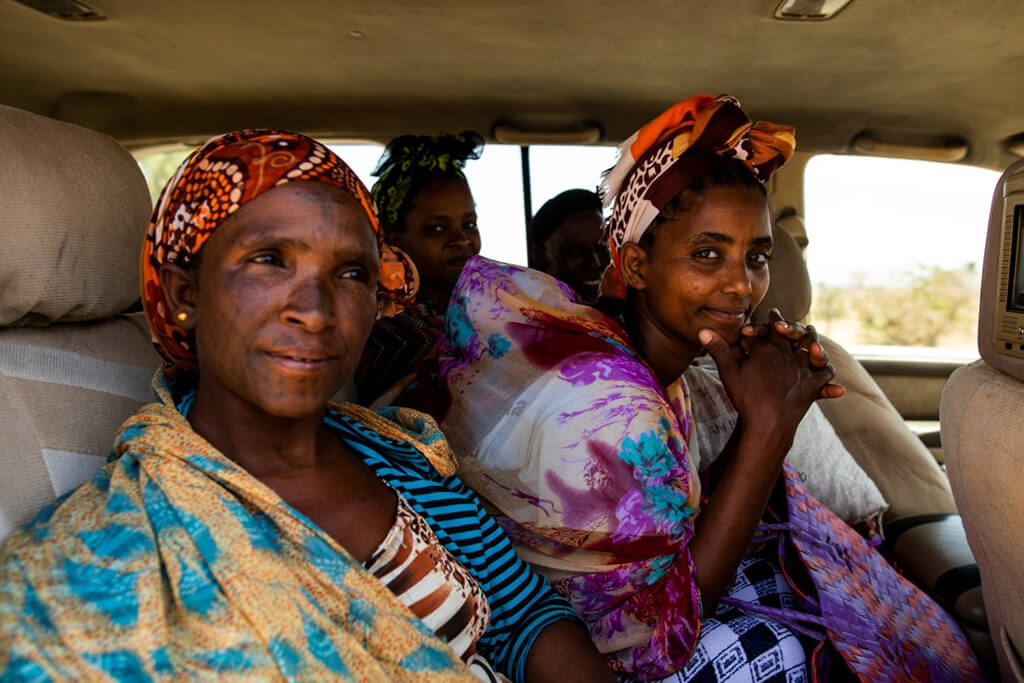
A short time later a loud noise is heard from the car. This time it’s a broken exhaust. Conversation, lots of locals gather around and finally come up with a temporary solution. A neighbor ran to his hut despite his age and brought a piece of strong wire that worked until we found a workshop in the nearby city of Awassa. Little by little, the surrounding vegetation begins to change; it becomes tropical as we approach Lake Awassa and Anasora, which is a verdant and lush area.
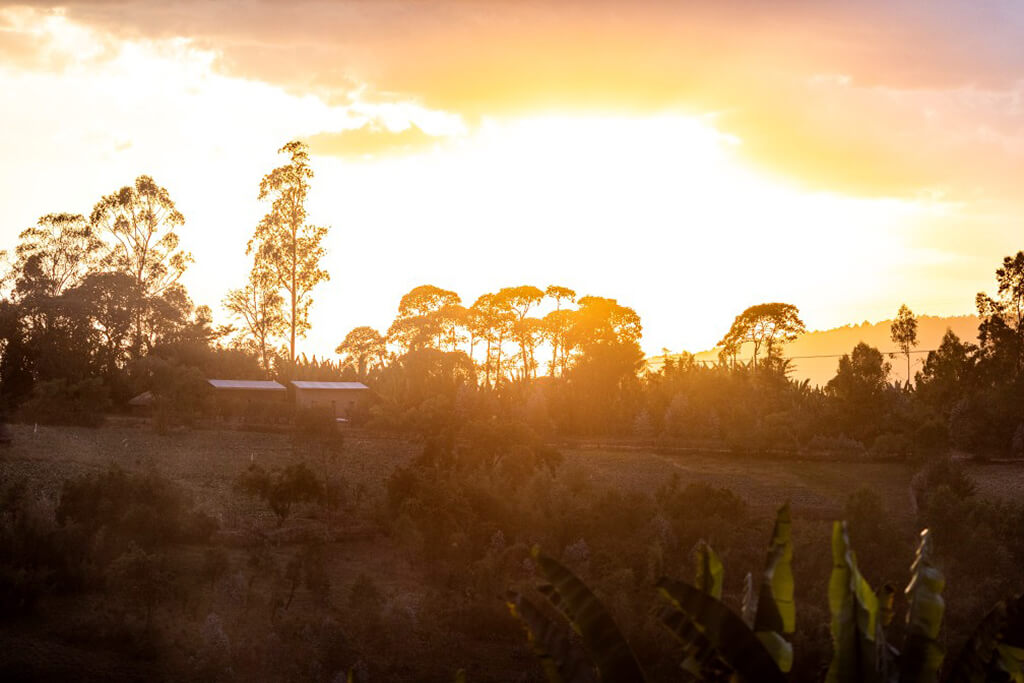
The entrance to the city is full of passing sellers with all kinds of wares: tropical fruits, wicker items, goats, whatever you can think of. As well as dozens of bajaj, that is, small blue tricycles similar to Thai tuk-tuks that carry people and goods everywhere. A short stop for food, a quick car repair and we leave the beautiful lakeside city of Awassa behind. We would be back shortly and have the opportunity to see more. From this point, the route becomes really difficult, with endless turns, dust and endless stops to give priority to anyone vertically crossing the road. The beauty of the place … is unparalleled. Dusk was slowly falling, creating magical shades on the horizon. Most houses here are earthy, circular with bamboo roofs. I see smoke seeping out of the main chimney in some houses. I assumed they were cooking or heating their houses for the cold night ahead.
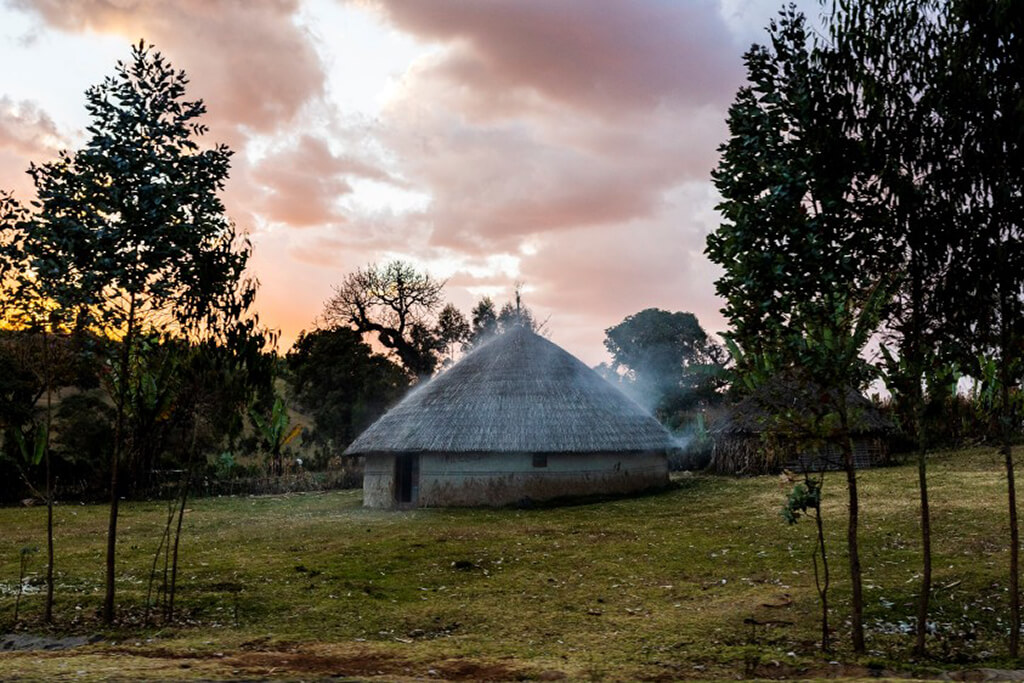
The landscape was changing rapidly; we quickly turned off the main road and followed a long dirt road for another half hour. It was almost dark when we finally arrived at Asanke’s coffee station. Here, local producers bring the coffee and Asanke and his people take care of the rest. The first image I saw was endless beds made of wood and bamboo, on which the coffee was spread out under the moonlight. Probably somewhere here I have to thank Coffee Island for bringing me to this corner of the world with so much beauty. We toured the station under the moonlight and saw the procedures they follow after the farmers bring their coffee with their livestock.
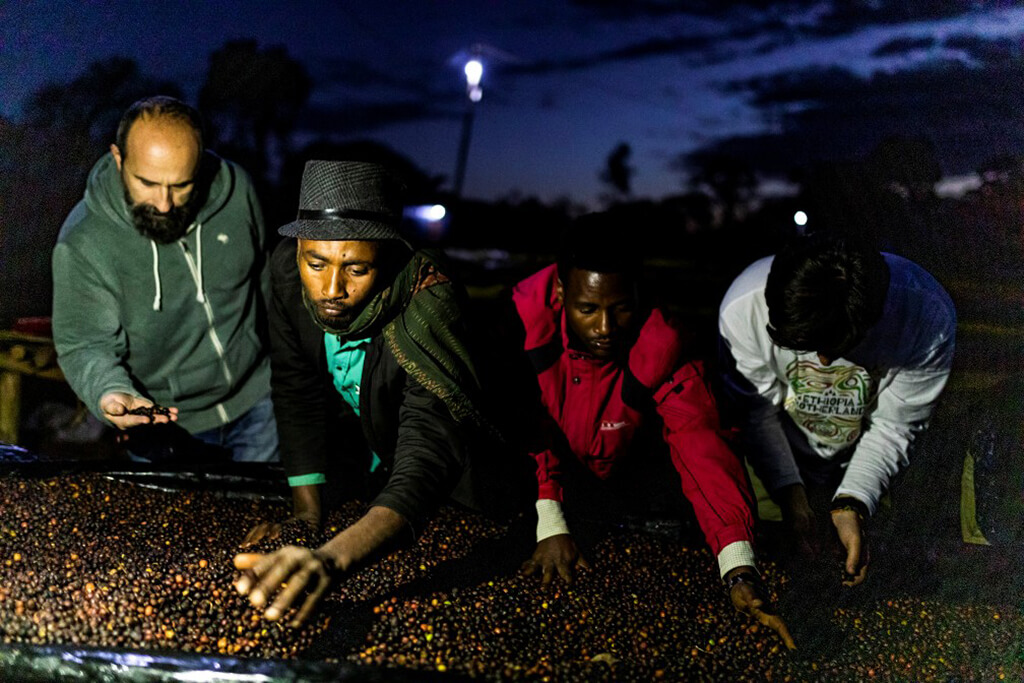
It is dried, washed, sorted and then stored into brown sacks before the small, aromatic and delicious beans travel all over the globe. Ethiopian coffee is rightly distinguished by its unique taste profile. One thing is certain: this place and the people who treat this product with such love play an important role in its final taste. Drinking coffee in the hut in the light of the flames of the fire awakened all our senses. For some strange reason, I was overwhelmed by a whole range of emotions and describing this scene becomes somewhat difficult. I definitely will never forget that happy childish innocence and kindness of the station people.
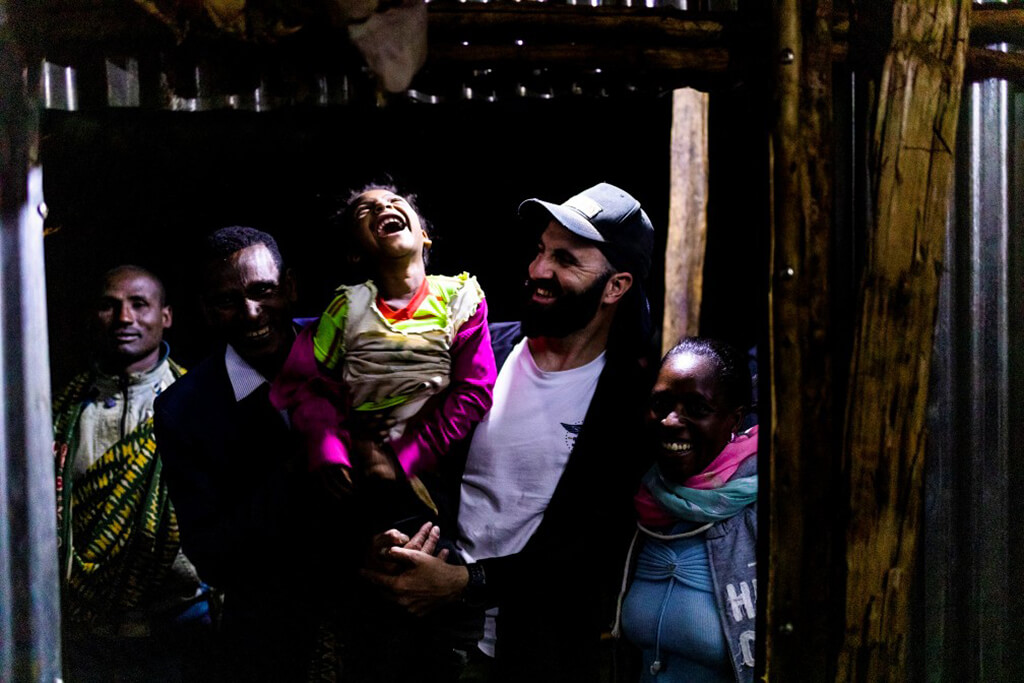
The rest of the group, in high spirits were smelling, tasting, and choosing coffee. I saw Panos and Konstantinos with flashlights searching, watched them trying out the coffee beans, I remember watching Stelios excitedly moving around and Savvas talking in some language with the workers. Our friend Sam, a companion throughout this trip, wandered around enjoying the moment. This is a moment that people who love coffee – and this company loves coffee very much – truly anticipate.
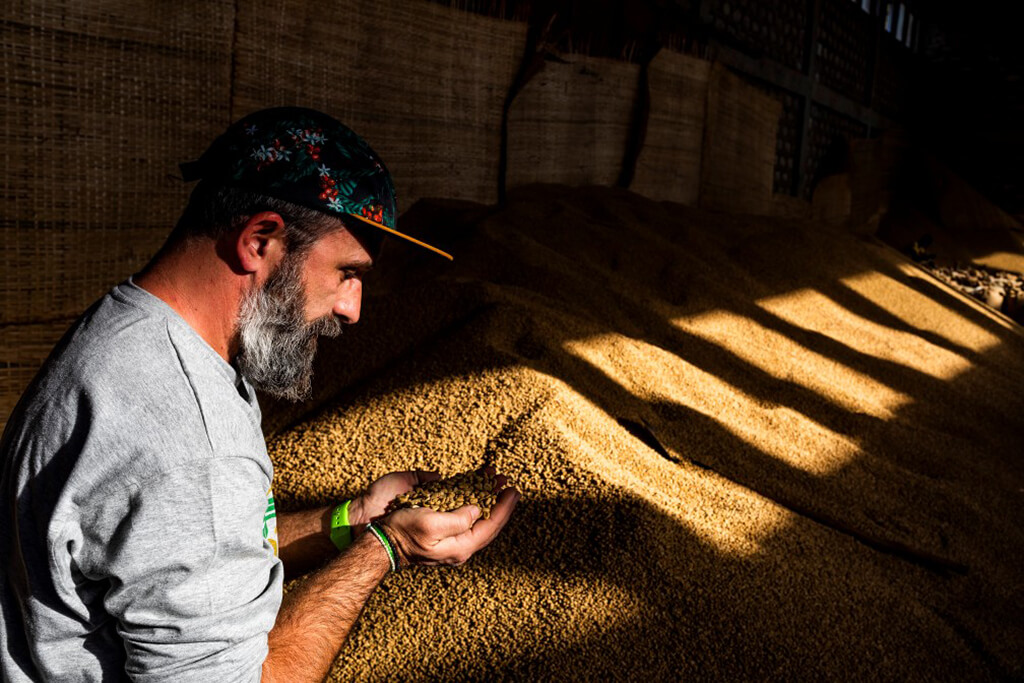
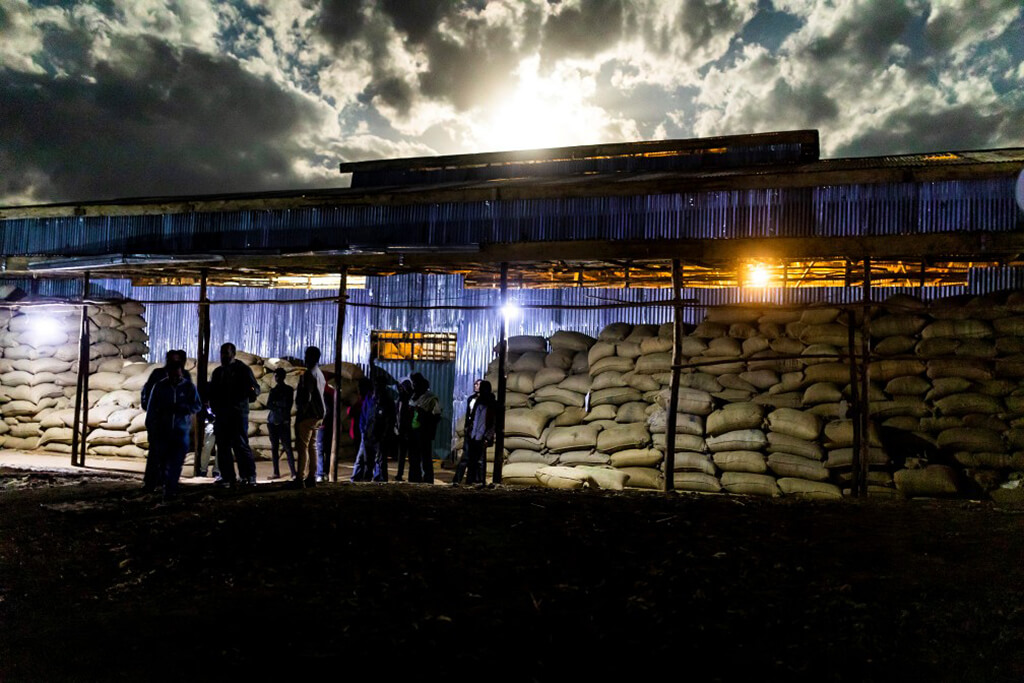
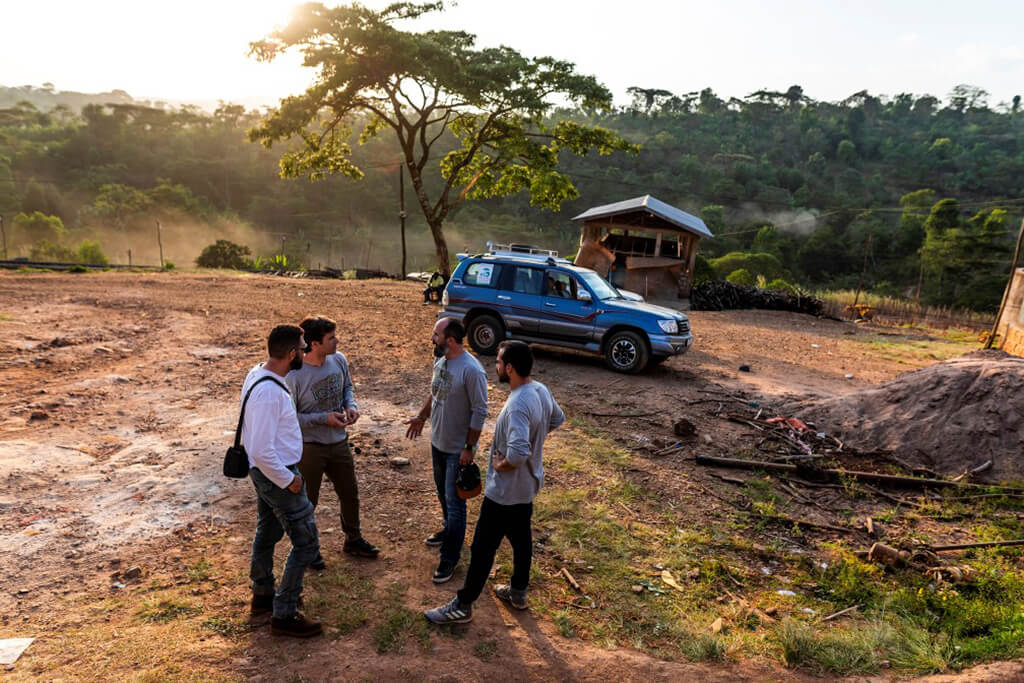
Maybe a little lost without even being able to easily explain why, I got into the car that would take us to where we were going to stay that night. Maybe you can never be prepared for so much simplicity and so much love. Maybe it’s because it all makes more or less sense, maybe because I became a city man. We drove for a short while before finally arriving at the house that would host us for the evening. A barrel full of wood was burning while loud music filled the night. Around the house, people are cooking and preparing everything for the big night to come.
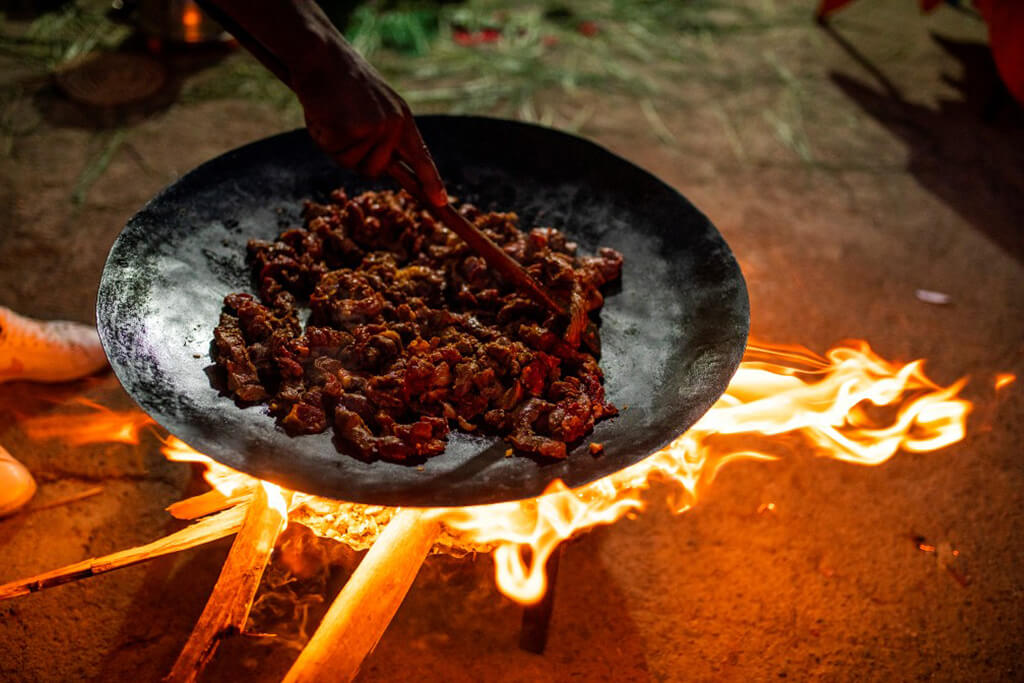
But first, a coffee tasting of the coffee we saw a while ago. Fantastic aromas fill the air. I can’t wait to taste the coffee and hear the expert’s opinions. And so the cupping process begins. The ceremony, aromas, flavors, lemon, flowers, chocolate, coffee, fantastic coffee that we will probably have the chance to taste in Coffee Island stores in the near future. Right about now, we realize that in order to reach this part of the world and enjoy such delicious coffee, it is worth traveling for days. But the night was still young. Even more flavors, traditional food and of course alcohol.
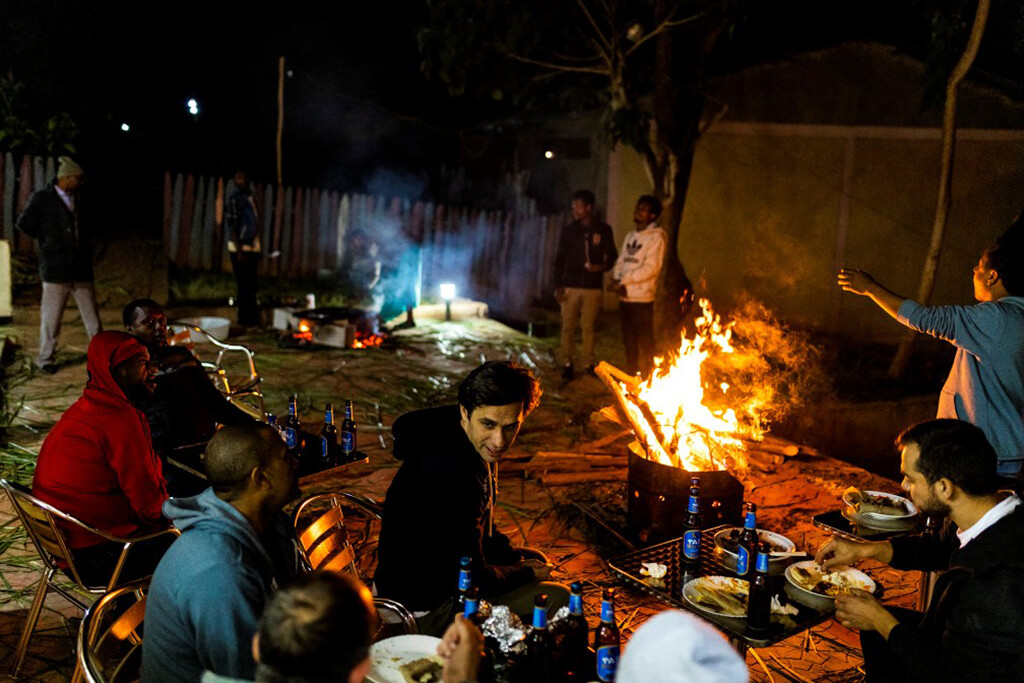
We slowly begin to bond with the locals for an evening we will never forget. Dancing to the African beat, lots of dancing. I also took off my shoes and began dancing in an erratic African rhythm around the slowly burning barrel. Now it’s our turn to show these people a small part of our music culture. We laughed loudly as we hugged and danced for what was probably hours. It almost seems fictional, like most of the experiences here. I know for sure that at some point in the distant future I will think of these moments and feel more fortunate.”
